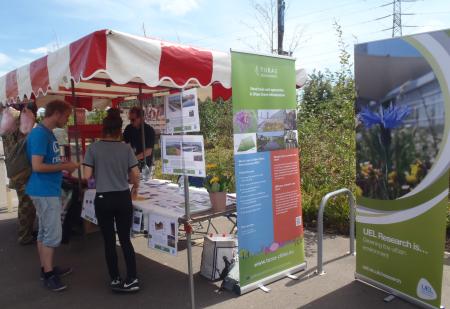
Resource description:
Guidelines for setting up a non-profit resident-run enterprise for managing community assets, applying an adaptive PPP approach.
Author/Contact:
TURAS
Expert contact - Paula Vandergert
Requirements:
- A comprehensive vision for an area, with scope to be responsive to the growing and changing community, and adaptable over time, needs to be devised. This is used to guide a strategic management plan to develop pathways to achieve the vision, facilitating
- Who should be involved? Some examples of transitioning activities include engaging interested residents in managing and maintaining green spaces, which could lead to activities such as local ecology and wildlife projects to enhance gardens and green space
Advantages:
- Adopting alternative institutional models can provide a formal body with the power to manage resources and to operate with the primary objective of benefiting the community. A Community Interest Company (CIC), as a type of social enterprise, can be formal
- This tool focuses on: economic sustainability , social sustainability, ecological sustainability, and institutional sustainability.
- Type of main benefit: economic benefit, process innovation, community.
Constraints:
- The challenge: In many large cities, there is a "perfect storm" of greatly reduced local authority funding, increased housing need and a common model of house building where private developers build dwellings and move on, with little requirement to invest
Uses of this resource:
Austerity measures faced by many local authorities mean that their capacity to invest in local community cohesion initiatives and social infrastructure is being reduced or removed altogether, with many local authorities scaling back to delivering statutory requirements only. This means that alternative governance models need to be developed that enable local communities to play a much more pro-active and central role in managing and developing local assets and resources to respond to community needs and aspirations.
Additional information:
Who should be involved?
FACILITATORY (PUBLIC) BODIES:
urban regeneration department; community development department; land use planning department; green space department; health and social well-being department; environmental and sustainability department; asset management department
LOCAL TASK FORCE:
community group; local or regional authority; educational organisation; professional expert; landowner; business
SUITABLE FOR:
dense inner city; underused urban site & building; brownfield development site; (sub-) urban communities
MAIN NECESSARY RESOURCES ARE:
community trust; monetary investments; space; local knowledge; expert knowledge; public institutional set-up; legal legitimization
Licence:
- Free, no licence
Development stage:
- Full, working product